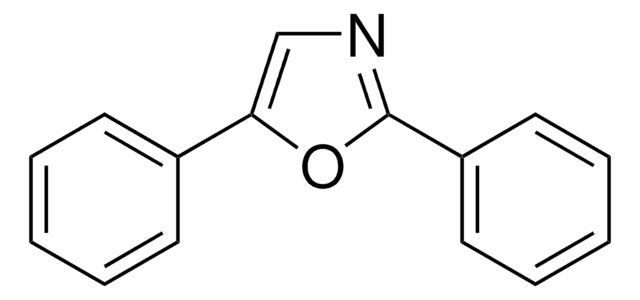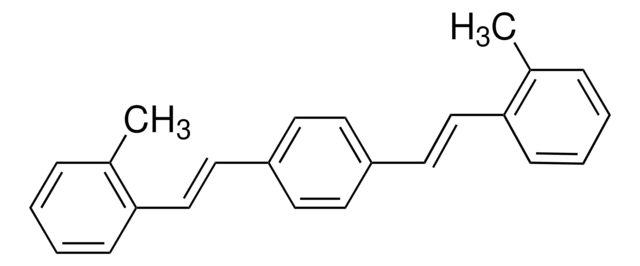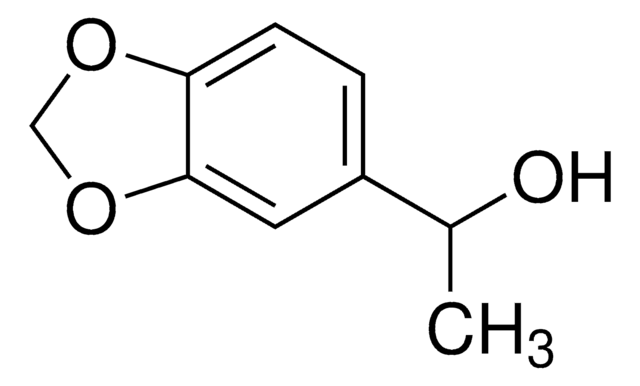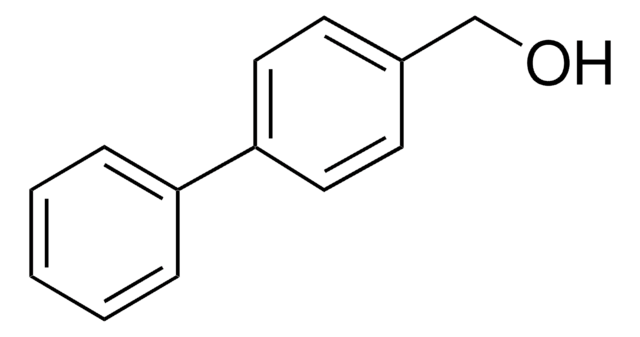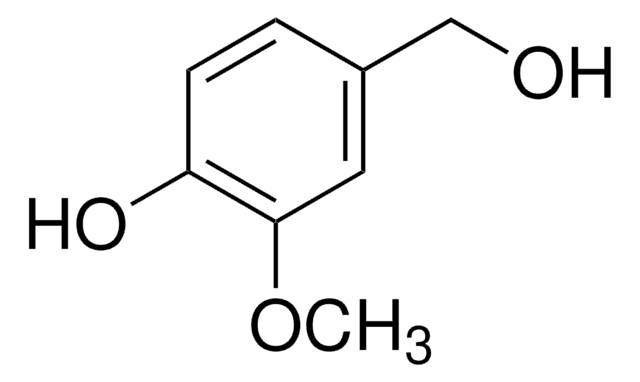추천 제품
Quality Level
분석
99%
양식
powder
bp
360 °C (lit.)
mp
72-74 °C (lit.)
λmax
303 nm
적합성
suitable for scintillation
SMILES string
c1ccc(cc1)-c2cnc(o2)-c3ccccc3
InChI
1S/C15H11NO/c1-3-7-12(8-4-1)14-11-16-15(17-14)13-9-5-2-6-10-13/h1-11H
InChI key
CNRNYORZJGVOSY-UHFFFAOYSA-N
유사한 제품을 찾으십니까? 방문 제품 비교 안내
일반 설명
애플리케이션
관련 제품
Storage Class Code
11 - Combustible Solids
WGK
WGK 3
Flash Point (°F)
386.6 - 393.8 °F - closed cup
Flash Point (°C)
197 - 201 °C - closed cup
개인 보호 장비
Eyeshields, Gloves, type N95 (US)
문서
Developed in the last several years, fluorescence quenching microscopy (FQM) has enabled rapid, inexpensive, and high-fidelity visualization of two-dimensional (2D) materials such as graphene-based sheets and MoS2.
Graphene has emerged as the new wonder material. Being only one atom thick and composed of carbon atoms arranged in a hexagonal honeycomb lattice structure, the interest in this material has exploded exponentially since 2004 when it was first isolated and identified using a very simple method.
Global Trade Item Number
| SKU | GTIN |
|---|---|
| D210404-100G | 4061833561577 |
| D210404-25G | 4061833561584 |
| D210404-500G | 4061833561591 |
| D210404-5G |
자사의 과학자팀은 생명 과학, 재료 과학, 화학 합성, 크로마토그래피, 분석 및 기타 많은 영역을 포함한 모든 과학 분야에 경험이 있습니다..
고객지원팀으로 연락바랍니다.